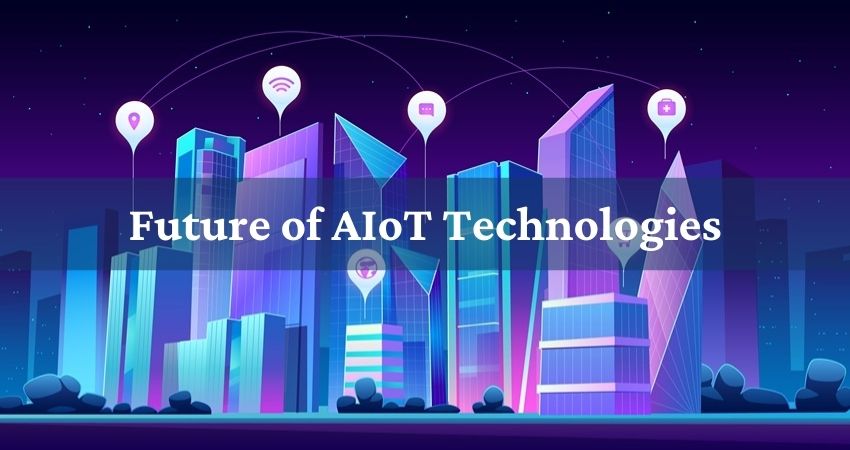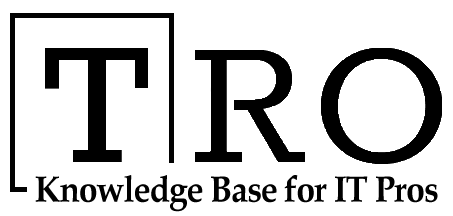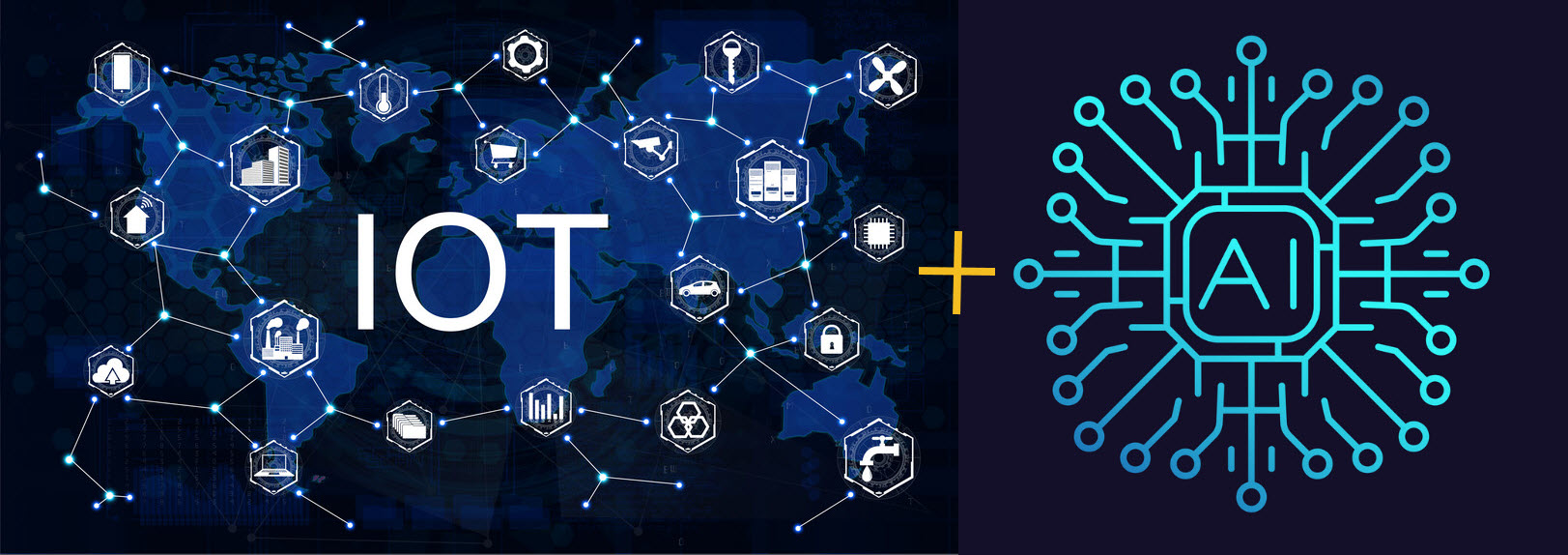Artificial Intelligence of Things (AIoT)- The Merger of Two Modern Marvels
Wanting smart things in your day-to-day activities at work and home isn’t just a utopian desire for us anymore. It’s pretty much a certainty with innovations like IoT and Artificial Intelligence of Things. Learning about the Internet of Things has been an awe-inspiring experience for me.
But, there’s another interesting variation of IoT in today’s digital world. The Artificial Intelligence of Things (AIoT) combines IoT and AI to give birth to one of the smartest ways to delegate mundane, quick tasks… without needing human effort. There are plenty of exciting things to talk about. But, let’s see how AI and IoT function.
Contents
Understanding the Basic Functionality of Artificial Intelligence & the Internet of Things.
1. IoT – An Overview
The Internet of Things is a system of objects, devices, or sensors that use software and technology to make a network for sharing data. This data can be used to perform certain functions or create chain reactions based on what you need the devices to do. IoT can be applied to different industries and even make your home appliances smarter and automate most of your daily tasks.
2. AI – An Overview
Artificial intelligence combines mountains of data to process it using algorithms. These algorithms find patterns and specific features from that information to learn and perform any action it is programmed for.
A common misconception people have about AI is that it can learn anything and everything to cause harm to humanity. That does become a possibility if the creator chooses to make an AI as powerful as that. However, that’s where the ethics of AI come to place. For now, let’s stick to the AI that helps you organize your inventory.
Artificial Intelligence of Things – Reimagining IoT
As AI functions mainly off of data, and algorithms, it is a match made in heaven when you combine it with IoT. Its interconnected data exchange helps AI algorithms learn specific information more efficiently. Then, AI automates the basic functions of the devices with improved machine learning-based decision-making. It also enables IoT to analyze data, learn and make decisions without the need for a human.
1) How Does AIoT Work?
The basic framework of IoT is supported by 4 components: Sensors/Devices, Connectivity, Data Processing, and User Interface. Here, the sensors collect information and share it with other devices using connectivity. The data is then processed and delivered to the user via a user interface.
When we add AI into the mix, it becomes the 5th component. We introduce AI into IoT by using chipsets and hardware that enable AI, along with APIs and software solutions to use Artificial Intelligence tools. And with edge computing, IoT devices can process data as soon as it is gathered; instead of sending it to a software. This shrinks the bandwidth you need to move that data
2) Applications Benefits of Integrating AI in IoT
AIoT opens the door to seamless data processing and connectivity. This in turn reflects into several possible applications.
- Camera systems at stores can recognize the faces of customers and use that data to ensure they do their checkout before leaving. Additionally, projects like Amazon Go can benefit from AIoT for seamless deductions from e-wallets of shoppers
- Smart home appliances can learn the basic habits of the user and automate tasks and suggestions accordingly
- Equipment maintenance becomes easier with predicted outcomes and automatic schedules as a result of consistent checks and reports
- Autonomous vehicles can use sensory data from internal and external devices to improve road safety. An example could be Teslas smart cars
- IoT devices can be scaled to larger networks and flexible systems with the help of AI
- In the near future, technologies like AIoT combined with 5G speeds can enable cloud gaming, where high-power PCs can be operated remotely for a good gaming experience from a low-power PC
The Future of AIoT and Its Challenges

When we consider how impactful AIoT will be for the future, we need to weigh in the downsides as well.
For starters, the biggest problem with AIoT is compliance issues by manufacturers. Since there is so much data that goes back and forth, there is a huge incentive for companies to use that data for their benefit. Which goes against moral and ethical compliance regulations. For that, all companies are now required to follow privacy and data regulations like GDPR and CCPA.
Another concern comes from IoT security, where you need to address external threats from hackers and malicious parties. This can be solved by stronger security measures from manufacturers and basic steps that users need to follow for security. Like, stronger passwords, sophisticated authentication, safe browsing and usage, and use of security software like antivirus and firewalls.
Apart from that, AIoT systems are vastly complex and hard to implement. The supply chains, models, equipment, APIs, and all the components needed for it must be improved for higher levels of speed, accuracy, smooth operational ability, and accessibility. Just like 5G, newer and more innovative technology should take AIoT to a level that is more efficient and can be implemented in more ground-level applications.
Despite these drawbacks, there is no doubt that this new version of IoT which is powered by AI and 5G, will be the go-to solution for most devices and functions associated with them. In fact, the implementation is already far begun.



